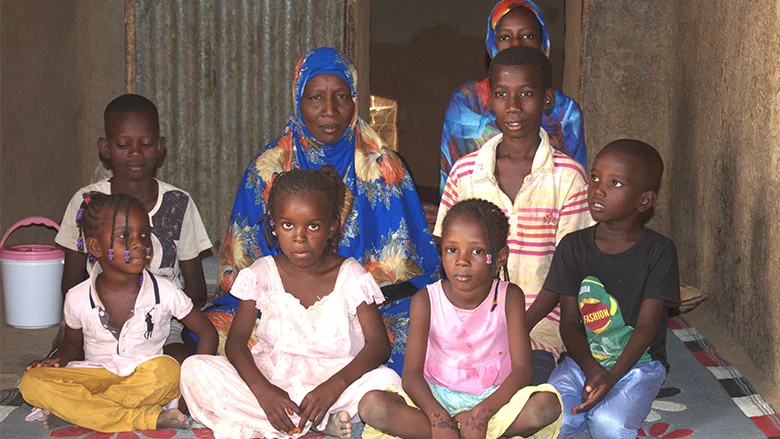Over the past decade, low- and middle-income countries have expanded social protection to cover a record 4.7 billion people. Three out of four people in these countries now live in households that either benefit from social protection transfers or have access to social protection through contributions.
Accomplishing that has been no easy feat. However, despite the record increases in coverage, 1.6 billion people in low- and middle-income countries still have no access to social protection. For an additional 400 million people, the benefits these programs provide are so meager that they may not help recipients escape poverty or cushion the blow of unexpected shocks, protracted political and socioeconomic crises, or long-term economic and life cycle transitions.
Data from 73 low-, middle- and high-income countries examined for this report show that, between 2010 and 2022, social protection systems in these countries expanded their coverage by an average of 10 percentage points, from 41 to 51 percent of these countries’ populations. Expansion was even greater among the poor in low-income countries, for whom coverage increased by an average of 17 percentage points. However, the journey is far from over. Despite significant progress, access to social protection remains an aspiration rather than a reality for far too many people. At current growth rates, it will take another 18 years for those living in extreme poverty to be fully covered by social protection programs and another 20 years for the poorest 20 percent of households in low- and middle-income countries to be covered.
The situation is particularly dire in low-income countries, where, despite substantial increases in coverage, social protection systems reach only one in four people, on average. Even in lower middle-income countries, social protection systems fail to reach more than half the population. These unreached households, often among the poorest, bear a disproportionate burden of constraints that prevent them from escaping poverty, weathering shocks and crises, and managing the uncertainties of a fast-changing world.
Many of these households live in fragile, conflict affected locations or hunger hot spots that are concentrated in parts of the Middle East and North Africa, South Asia, and Sub-Saharan Africa. Policy Action Areas Drawing on the lessons from decade-long progress, this report highlights four policy action areas governments can embrace to maximize the benefits of adequate social protection for all. Extending social protection to those in need, Strengthening the adequacy of social protection support 3. Building shock-proof social protection delivery systems 4. Optimizing social protection financing.
The path to higher levels of social protection will depend on each country’s context, capacity, and fiscal space. Given the size of the needs and limited resources, low-income countries should focus on expanding non-contributory cash transfers and economic inclusion programs for the poor, which provide multifaceted support to poor households to sustainably increase their incomes and assets.
These countries should also work toward ensuring that cash transfer coverage can rapidly expand when shocks occur. In middle income countries, closing remaining coverage gaps should remain a priority. At the same time, some of these countries may also have the capacity and resources to expand their offerings of social protection programs and invest in employment programs, social insurance (including the informal sector), and social services.
Strong delivery systems, such as dynamic social registries, digital payment systems, and digital case management systems, will be essential to support exeCuTive Summary 3 effective and sustained expansions of social protection coverage. Robust and well-coordinated delivery systems ensure that assistance reaches those in need, when they need it. Such systems are essential during normal times, but they also support effective responses during shocks and crises.
However, although some countries have made great strides in developing their social protection delivery systems over the past decade, others still lack basic elements such as social registries.
This narrative was developed by the World Bank





